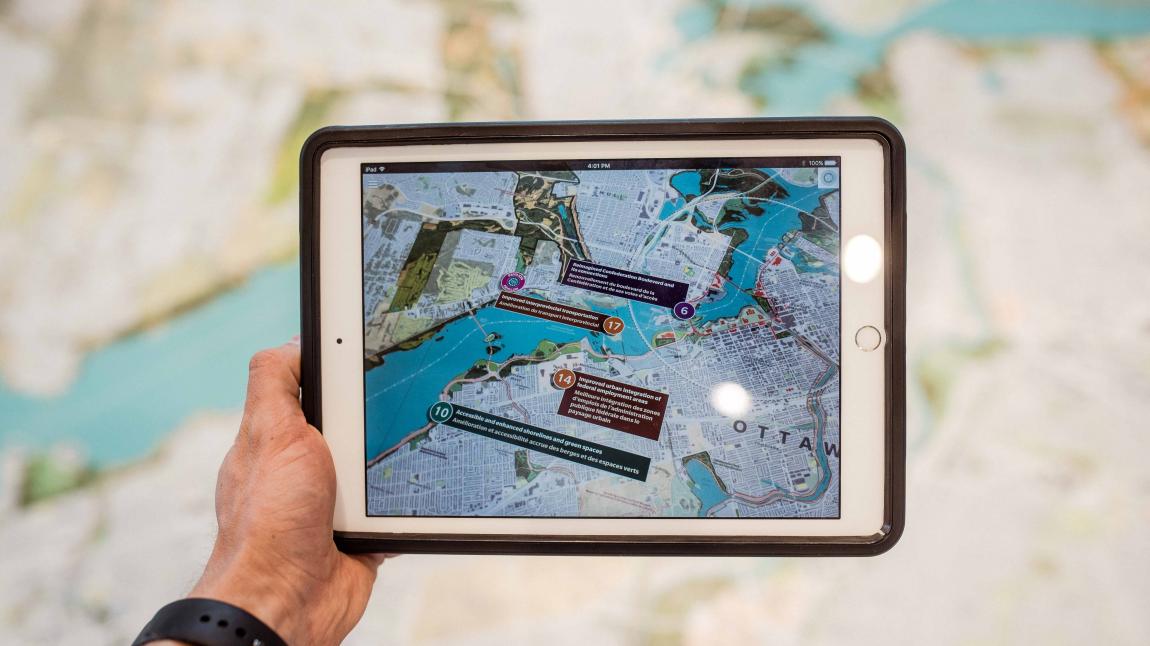
How Augmented Reality (AR) is Changing the Automotive Industry for Consumers
How Augmented Reality (AR) is Changing the Automotive Industry for Consumers
Augmented Reality (AR) is an important modern technology, constantly being improved and implemented in different aspects of business and everyday life. It has found its place in the automotive industry, as well, and while it does change things for manufacturers’, too, we will now focus on how it impacts customers’ way of choosing and operating their vehicles.
Augmented Reality Explained
Augmented Reality is an enhanced experience of the physical environment, with digital elements – visual, auditory, or other sensory ones, added to the real world through the use of technology. A great advantage is the fact that, unlike virtual reality that uses a special VR headset, AR does not require complicated hardware, as simply a smartphone or tablet can be used to display the virtual elements. It allows information to be presented on top of our natural surroundings in an interesting and interactive way.
Applications in the Automotive Industry
Augmented Reality is applicable in a wide variety of areas. Though mostly related to entertainment, it’s been also utilised in marketing attempts, education, architecture, medicine, and others. AR is no stranger to the automotive industry either, with many manufacturers having used the technology in their design and production processes, enhancing the features their vehicles offer, or in advertising. Here are a few ways it is changing our experiences related to automobiles.
1. Buying Process
Augmented Reality has the potential to reshape how people choose and buy their new vehicles. One way it can do that is by enhancing the buying process in a physical showroom. Through AR, a customer will be able to receive more detailed information about a certain car in an interactive way, or explore its parts, functionalities, and different design options by displaying them over the physical vehicle available in the showroom and getting a clear idea of how it works and how it can look like.
Another way is by giving customers the ability to also visualise and explore the whole vehicle together with the already mentioned information directly in front of their homes using their smartphone or tablet devices. This can eliminate or at least minimise the need for showroom and dealership visits.
2. Vehicle Safety
Safety is naturally continuing to be of utmost importance when it comes to a vehicle’s features and design, with constant research and advancements being made in the area. Augmented Reality can help us have safer roads and be more confident both as drivers and pedestrians. With the development of smart streets, camera networks, and the ability of vehicles to gather and share data, crucial information from all sources can be delivered and displayed to the driver of a vehicle in the form of AR. Images from street cameras, for example, can alert a driver, in real time, of a pedestrian standing behind a big parked vehicle who is about to cross the street, where their car is headed – something that they would otherwise not be able to see. By displaying this information through the windshield on top of the real world, this will make cars and drivers more aware of their surroundings and the road ahead, thus increasing safety.
3. Navigation
As with the previously mentioned safety aspect, the key to improving navigation using AR as effectively as possible is the ability of visualising the real-time digital information merging with real-time environment through the vehicle’s windshield. This way drivers would not have to take their eyes off the road at any moment, as they usually do with the current way of displaying the same kind of information – on screens inside the car. Elements, such as pointers indicating turns, street addresses, and nearby gas stations or supermarkets, appearing over physical surroundings will help drivers make their ways inside and between cities more conveniently.
With the buying process, vehicle safety, and navigation being just a few of the many areas where Augmented Reality can be implemented, we can safely say it’s a technology that is here to stay and deserves attention. It is interesting to think about all the possibilities it offers and we are excited to see where it will take the automotive industry in the near and far future.
This content was originally published here.


